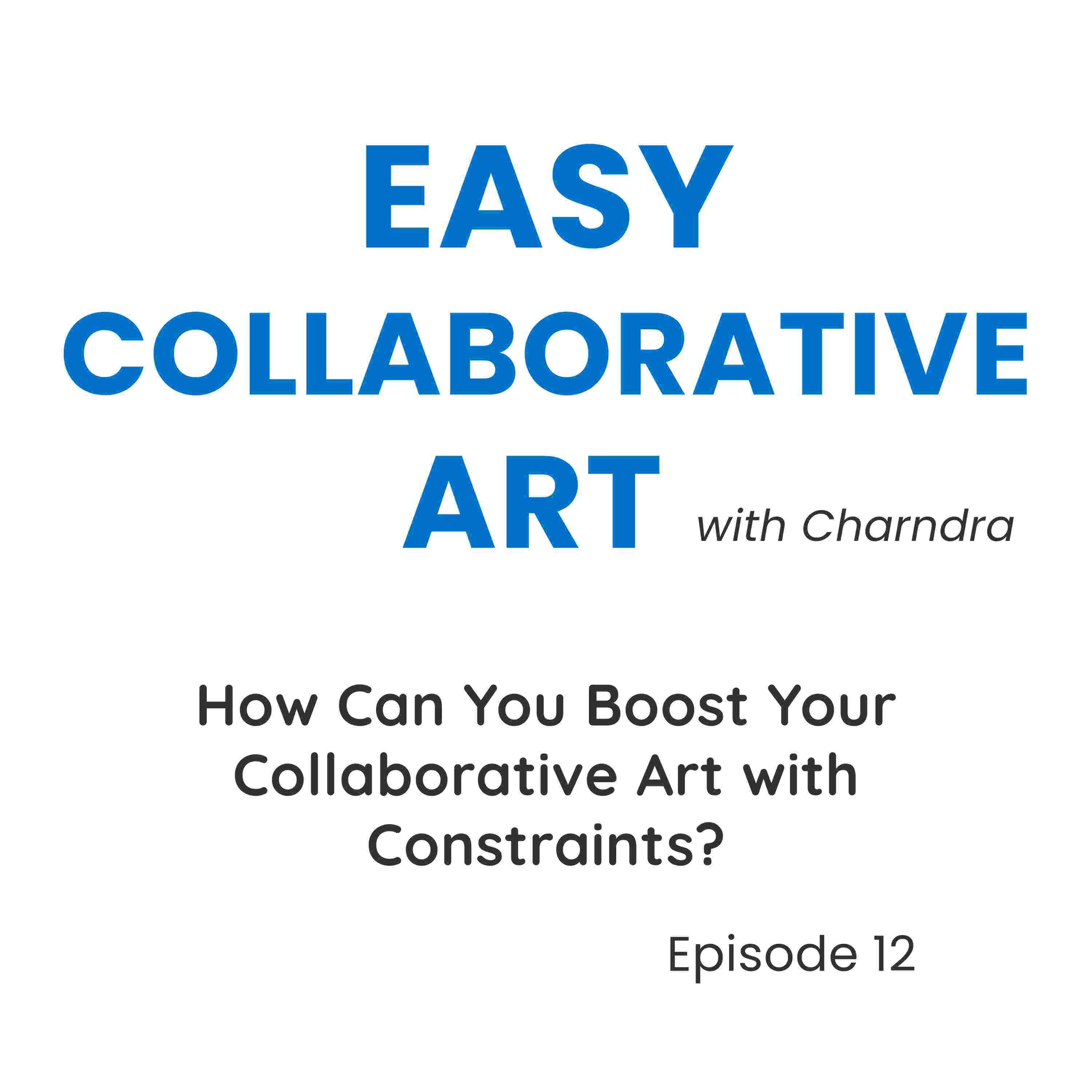

Discover how adding simple limits can actually boost creativity and make group painting easier for everyone.
🎙️ Podcast Shownotes – Episode 12: How Can You Boost Your Collaborative Art with Constraints?
In episode 12 of Easy Collaborative Art, I talk about how constraints like using only three colours, patterns, or shapes - can spark imagination and help groups feel confident starting and exploring their art.
You’ll discover how structured choices lead to more creative outcomes.
I share practical ways to guide participants, reduce overwhelm, and make collaborative art enjoyable for all ages and abilities.
What you’ll discover in this episode:
• How using fewer choices can help painters start confidently and explore more deeply
• Why “less is more” when it comes to colours, brushes, and patterns in group art
• Simple ways to introduce structure that encourages creativity and teamwork
Links and Resources:
🎨 Read the full episode transcript: Episode 12: How Can You Boost Your Collaborative Art with Constraints?
📘 Grab your free Beginner’s Guide to Collaborative Art
🎧 Podcast Home: Easy Collaborative Art
Happy Painting!
Charndra
Your Inclusive Social Art Guide
Below is a quick ‘How to Start’ guide for running easy collaborative art projects for Church Sunday School Programs
Collaborative art is a fun and inclusive way to engage children in Sunday school or other church programs, encouraging teamwork, creativity, and reflection on group themes.
Step 1 – Messy Playing
Invite participants to freely add marks, patterns, or shapes to a shared canvas or large sheet of paper. Keep the palette to 2–3 harmonious colours for a visually unified result. This stage is about letting kids explore and enjoy making art together.
Step 2 – Exploring
Encourage layering patterns, shapes, or simple patterns related to the lesson or theme of the day. Repetition, size variation, and group prompts create flow and connection across the artwork.
Step 3 – Bling!
Add finishing touches such as dots, highlights, or small stickers to tie the piece together. This stage is calming, fun, and gives each participant a sense of accomplishment.
Facilitator tip: Using the Power of Three – three colours, three brushes, and three stages – simplifies planning, keeps everyone engaged, and ensures a cohesive final piece.
Pattern Play Collaborative Art is all about connection and creativity.